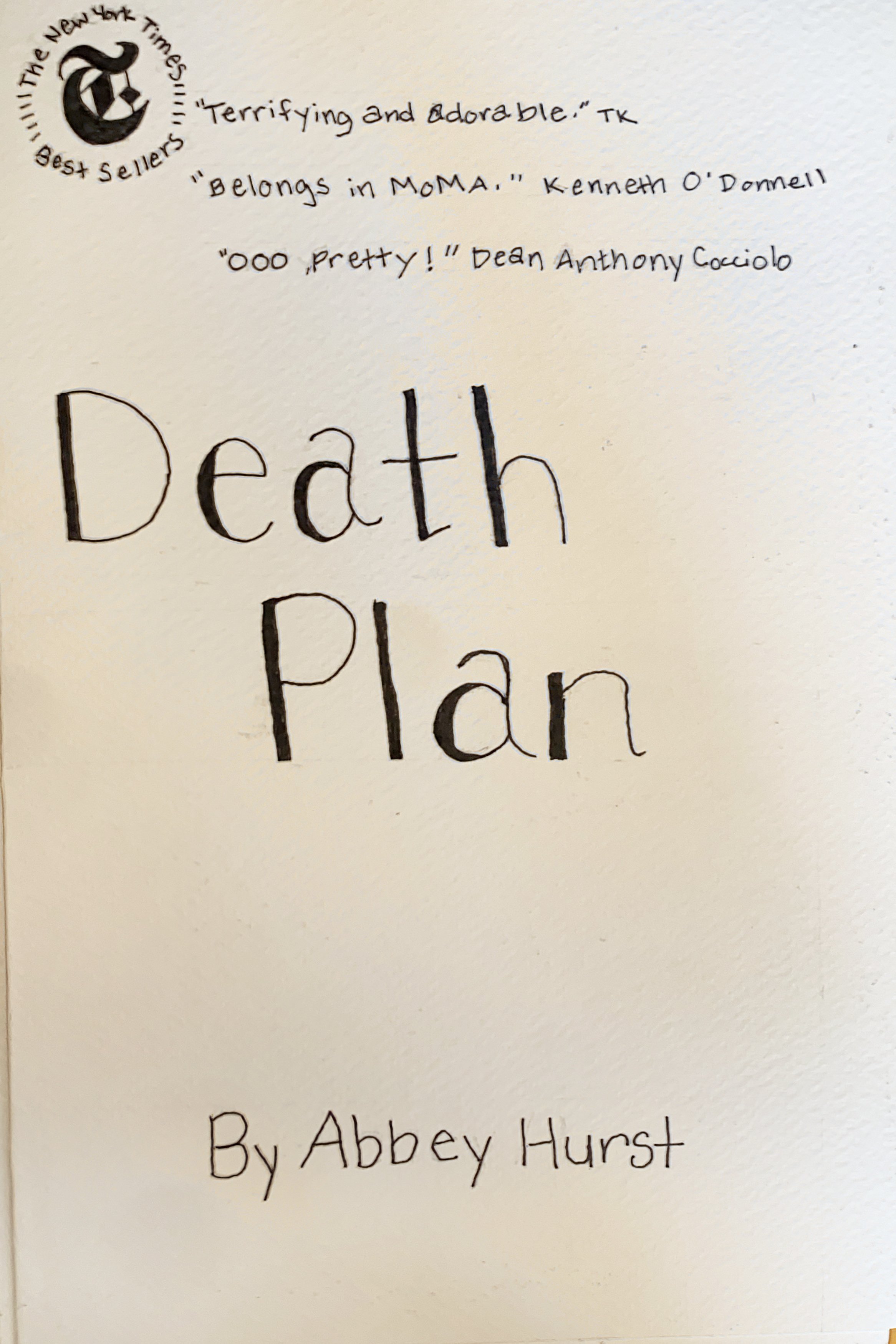Death plan
A Children’s Book for Adults
overview
Death, it is as certain as taxes. But we don’t really think about death, or most of us try not to. In terms of sustainability, it seems that the world is so focused on how to live sustainably that we never discuss how to leave sustainably. If you think about it, the legacy you leave is just as important as your time on earth. Thinking about sustainable death care is compassionate to others, acknowledging that you are a part of something bigger than yourself, more important that the preservation of the body that you are no longer using. We view death as this dark, almost impossible topic to discuss. We mask death in ideas of heaven or hell, going somewhere after you die, preserving yourself. We don’t talk about death often with children, and when we grow up and finally understand the finality of death, that we might never see our loved ones again, at least in the way we understand knowing each other now, some of us (me) might go through a huge mental change. I feel that it is important to acknowledge the loss of innocence that comes with not only accepting death, but realizing that it is just as important to sustainably recycle our bodies into the earth, as we do with compost or regular recycling. I have made a “children’s” book for adults to understand that death is not the end of the lifecycle, it is just the end of our singular, physical life. Speaking to the inner child is something I work with often, and I feel as though this mentality can make difficult concepts, such as death, easier to understand.
This story follows a caterpillar named Jill, who has recently lost her husband, Jack, to suicide (an unexpected death scenario). Jill is put into a position where she has to make a burial plan for her late husband. Does she follow traditional methods, or let him transform into his next phase in life?
“Amazing work on your final project, Abbey! This is such a creative and beautiful book. The illustrations are lovely and the story touches upon serious issues while remaining approachable and even a bit whimsical. You’re absolutely right that we don’t talk about death enough in our culture, and yet it’s something we all have to deal with. The sustainability aspects of green burial are so important, and another aspect of death that is rarely talked about. I’m so glad this topic is starting to get more attention and your project sheds so much light on how we might think about our burial plans more seriously.”









